The pace of medical innovation has never been faster, transforming how diseases are diagnosed, treated, and prevented. From revolutionary gene therapies to powerful new vaccines and digital health solutions, recent discoveries hold promise to tackle conditions that have plagued humanity for centuries. Here are fifteen groundbreaking medical advances that could change the future of health—and potentially save millions of lives.
1. mRNA Vaccines Beyond COVID-19
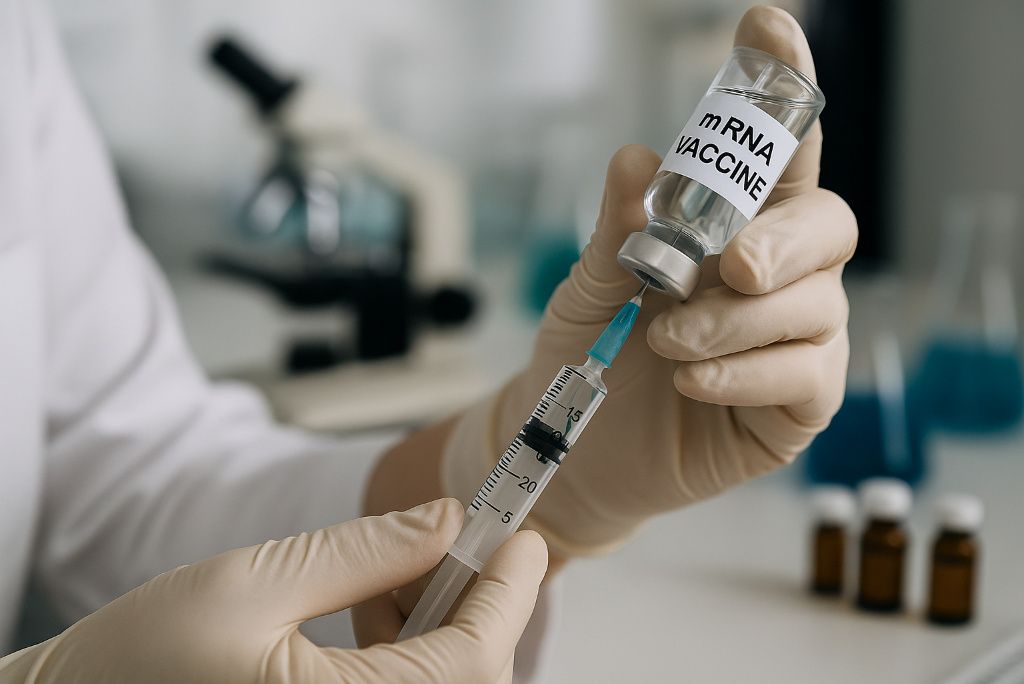
The success of mRNA vaccines against COVID-19 has paved the way for applications far beyond infectious diseases. Companies like Moderna and BioNTech are now testing mRNA vaccines for flu, RSV, Zika, and even certain cancers. Unlike traditional vaccines, mRNA shots are faster to produce and easily modified if a virus mutates.
Early trials of personalized cancer vaccines show they can teach the immune system to attack tumors more precisely than conventional therapies. However, challenges like storage requirements and costs remain. The technology’s flexibility could revolutionize global health responses in the next decade. More insights are available from Nature.
2. CAR-T Cell Therapy Expands to Solid Tumors
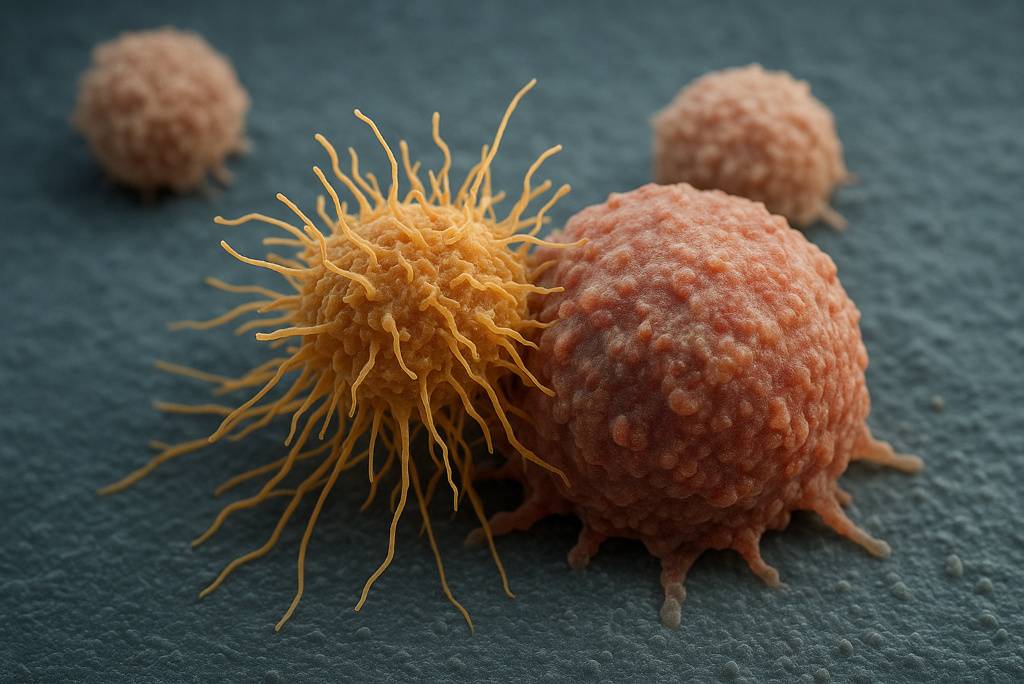
CAR-T therapy, where a patient’s immune cells are engineered to attack cancer, has dramatically improved outcomes for certain blood cancers. Now, researchers are pushing CAR-T treatments into solid tumors like pancreatic and lung cancer. Scientists are developing “armored” CAR-T cells that resist suppression by the tumor microenvironment and remain effective longer.
Unlike chemotherapy, CAR-T targets cancer cells with minimal harm to healthy tissues, though side effects like cytokine release syndrome still pose challenges. Clinical trials for solid tumors are underway, signaling a new era in cancer therapy. Read more from Cancer Research UK.
3. Long-Acting HIV Treatment Simplifies Care

Daily pills have kept HIV under control for millions, but adherence can be challenging. Recently approved long-acting injectable treatments like cabotegravir and rilpivirine allow people to receive therapy just once every two months.
Trials show these injections maintain viral suppression as effectively as daily medication, reducing stigma and improving quality of life. Compared to lifelong daily tablets, fewer doses mean less risk of missed treatments and drug resistance. Similar approaches are being tested for pre-exposure prevention (PrEP). Discover details in The Lancet HIV.
4. Gene Editing to Cure Sickle Cell Disease

In 2023, the first CRISPR-based therapy for sickle cell disease received regulatory approval, offering a potential cure for a condition affecting millions globally. By editing blood stem cells, scientists can correct the mutation that causes misshapen red blood cells, reducing pain crises and organ damage.
Early results show patients living symptom-free for years after treatment. Unlike traditional bone marrow transplants, gene editing eliminates the need for a donor match, widening access to cures. Researchers are working to make the procedure safer, faster, and more affordable. Learn more from BBC News.
5. Artificial Pancreas Systems for Diabetes

Managing type 1 diabetes requires constant monitoring and insulin adjustments. New artificial pancreas systems combine continuous glucose monitors with insulin pumps and smart algorithms to automate insulin delivery. Devices like the Tandem Control-IQ and Medtronic MiniMed 780G can reduce high and low blood sugar episodes, improving long-term health outcomes.
Compared to older pump technology, these systems offer more stable glucose levels and less user input. Researchers are also testing fully closed-loop systems requiring no meal announcements. The FDA continues to expand approvals for these life-changing devices. Explore coverage from JAMA.
6. Universal Flu Vaccine Progresses
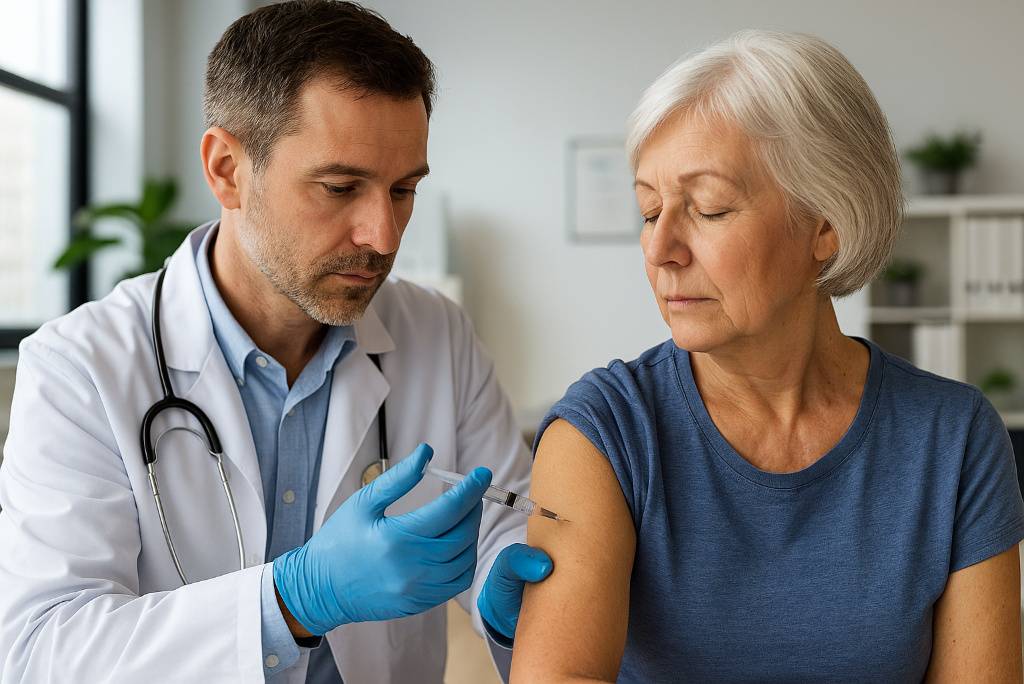
Seasonal flu vaccines must be reformulated yearly, with varying effectiveness. Scientists are developing universal flu vaccines targeting conserved parts of the virus that rarely mutate. Candidates like the NIH’s H1ssF nanoparticle vaccine have entered human trials, aiming for multi-year protection against multiple flu strains.
If successful, universal vaccines could drastically reduce annual flu deaths and pandemic threats. Unlike traditional vaccines, these new versions use novel platforms like nanoparticles to present antigens more effectively to the immune system. Get the latest details from Scientific American.
7. New Tuberculosis Treatments Shorten Therapy

Tuberculosis kills over 1.6 million people each year. Traditional TB treatments require six months of multiple antibiotics, leading to adherence problems and drug resistance. Recent trials of the BPaL regimen—a three-drug combination—have cut treatment time for drug-resistant TB to just six months with high cure rates.
Compared to older regimens lasting up to two years, BPaL significantly reduces toxicity and costs. WHO has endorsed these shorter regimens, offering new hope for controlling the world’s deadliest infectious disease. Read about the advances from WHO.
8. AI Detects Disease Earlier Than Doctors

Artificial intelligence is transforming diagnosis, with tools that spot diseases earlier and more accurately than human eyes. AI models like Google’s DeepMind can detect over 50 eye diseases from retinal scans and identify breast cancer in mammograms with fewer false positives than radiologists. These systems assist doctors, improving speed and reducing errors.
Unlike traditional screening, AI can analyze subtle patterns undetectable to humans, leading to earlier interventions. However, concerns remain about bias and data privacy. Learn more about breakthroughs from MIT Technology Review.
9. Monoclonal Antibodies Against RSV
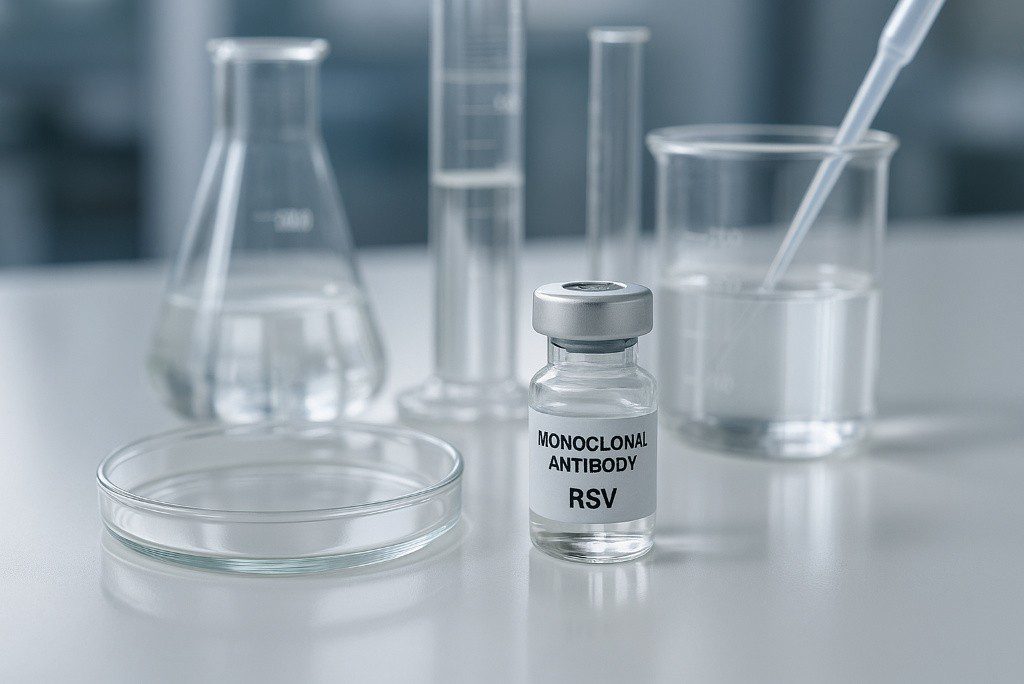
Respiratory syncytial virus (RSV) is a major cause of hospitalization in infants and the elderly. In 2023, the FDA approved nirsevimab, a long-acting monoclonal antibody that offers protection with a single injection per season. Unlike earlier options requiring monthly dosing, nirsevimab simplifies prevention, potentially saving thousands of lives.
This breakthrough comes after decades of failed RSV vaccine efforts. Researchers are also developing RSV vaccines for broader age groups. The impact could be comparable to early childhood vaccines for diseases like measles or polio. Details are available from CDC.
10. Personalized Cancer Vaccines
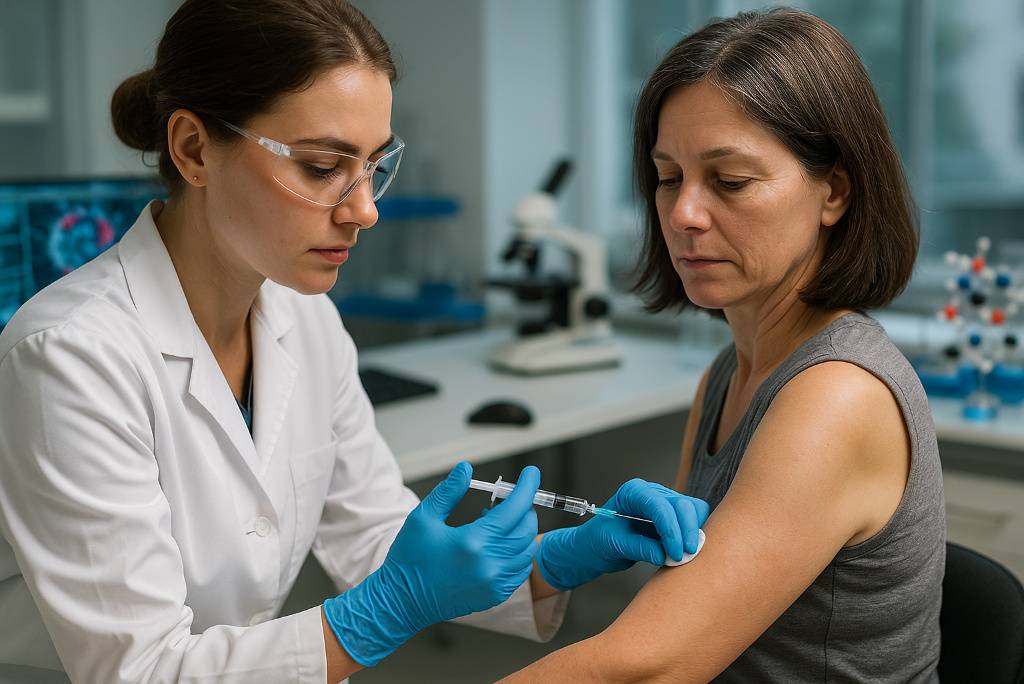
Cancer vaccines personalized to a patient’s tumor DNA are one of oncology’s most exciting frontiers. Moderna and Merck recently reported promising results for an mRNA-based melanoma vaccine that reduced recurrence when combined with immunotherapy.
Unlike traditional vaccines, these custom vaccines teach the immune system to recognize unique mutations present only in the patient’s cancer. The concept could be applied to many tumor types, providing highly targeted therapy with fewer side effects. Clinical trials are ongoing for lung, pancreatic, and other cancers. For more information, visit The New York Times.
11. Regenerative Medicine for Heart Disease

Heart attacks leave scar tissue that impairs heart function. Scientists are developing regenerative therapies using stem cells and gene editing to repair damaged heart tissue. In 2023, researchers successfully used gene therapy to stimulate new heart muscle growth in pigs, a crucial step toward human trials.
Unlike current treatments that only manage symptoms, regenerative approaches aim to restore full heart function. Comparisons with older stem cell trials show promising improvements in survival and cardiac performance. This could transform treatment for millions with heart failure. Learn more at Science.
12. Noninvasive Blood Tests for Cancer Detection

Liquid biopsies are transforming cancer detection by identifying tumor DNA fragments in blood samples. Companies like Grail have developed multi-cancer early detection tests that can spot over 50 types of cancer before symptoms appear. Compared to traditional imaging, liquid biopsies are less invasive and can detect cancers in hard-to-screen organs like the pancreas.
Early detection greatly increases survival chances. However, concerns exist about false positives and cost-effectiveness for mass screening. The field is rapidly evolving, with major trials underway. Read more from NPR.
13. Vaccines for Malaria
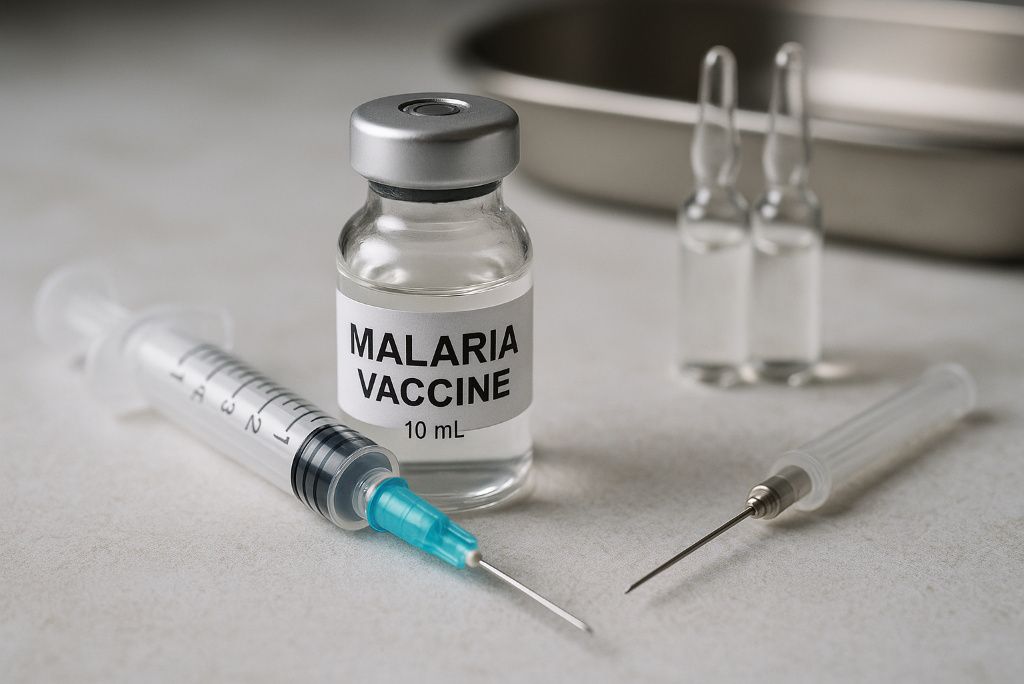
In 2021, the WHO approved the world’s first malaria vaccine, RTS,S. Newer vaccines like R21/Matrix-M, with higher efficacy, have since shown remarkable results, reducing malaria cases by over 75% in trials. Unlike previous measures relying solely on mosquito nets and insecticides, vaccines offer an additional powerful tool.
Compared to older versions, new malaria vaccines require fewer doses and produce longer-lasting protection. Mass vaccination campaigns are starting in several African nations, aiming to cut child mortality rates drastically. Explore more from WHO.
14. Microbiome Transplants Treat Deadly Infections

Fecal microbiota transplants (FMT) are proving lifesaving for people with recurrent Clostridioides difficile infections, which kill thousands annually. Recently, FDA-approved therapies like Rebyota deliver healthy bacteria via a single enema or oral capsules, restoring gut health. Compared to antibiotics, FMT reduces recurrence rates dramatically and avoids antibiotic resistance.
Researchers are also exploring microbiome treatments for conditions like inflammatory bowel disease and even depression. Unlike older methods requiring donor stool, newer approaches use standardized, lab-grown bacterial cultures. More on this from Mayo Clinic.
15. New Treatments for Alzheimer’s Disease
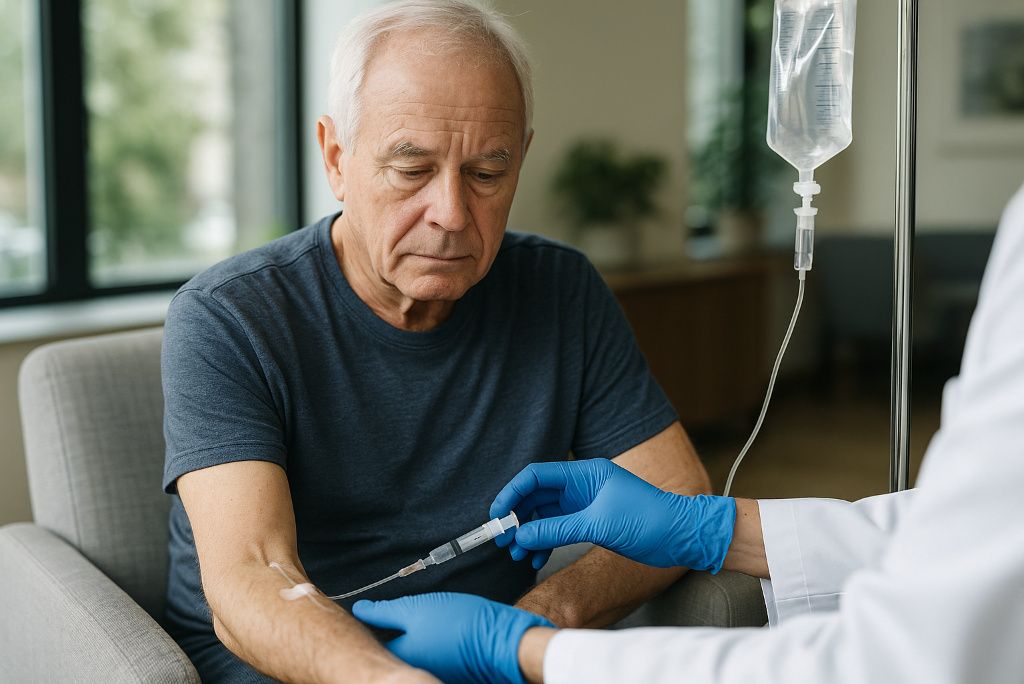
Alzheimer’s disease affects millions worldwide, with few effective treatments. In 2023, lecanemab, an antibody drug targeting amyloid plaques, showed modest slowing of cognitive decline, becoming one of the first drugs to demonstrate real benefits. Meanwhile, researchers are exploring drugs that reduce tau protein buildup and inflammation in the brain.
Compared to earlier failed drugs, new therapies target multiple disease pathways simultaneously. Although controversial due to side effects and cost, these breakthroughs signal hope after decades of frustration. For updates, see Alzheimer’s Association.
Disclaimer: This article is for informational purposes only and does not constitute medical advice. Please consult a healthcare professional for guidance on diagnosis or treatment.

